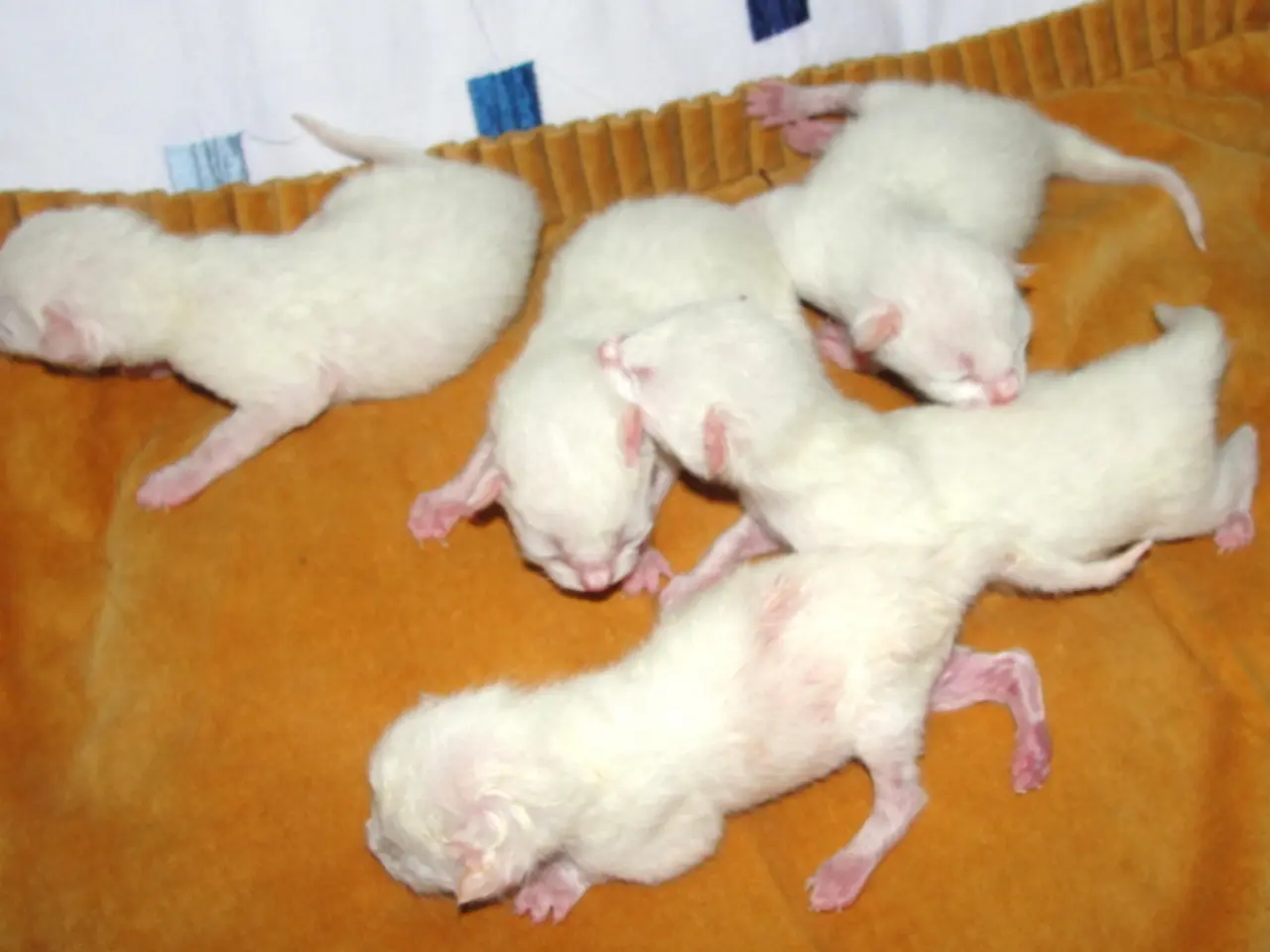Berlin's Dominant Rodent inhabitants: The Pervasive Grey Beasts in the Capital
Berlin, the vibrant capital city of Germany, is grappling with a persistent issue - the presence of rats. As the city considers further structural measures to eliminate nesting possibilities for these rodents, it's still too early to assess the effectiveness of the current measures in Berlin-Neukölln.
In an effort to permanently reduce the rat population, raising public awareness is key. Anke Geduhn from the Federal Environmental Agency emphasises the importance of prevention in "rat management". She believes that humans will continue to coexist with rats as a "cultural follower of humans".
In response, Berlin-Neukölln introduced a general decree on July 1st to prohibit feeding rats and leaving out food or edible items that could attract them. Violating this decree can be punished with a fine of up to 25,000 euros. Controls are regularly carried out by both uniformed and plainclothes employees of the local authorities in Berlin-Neukölln.
Preventive measures for rat populations in urban areas include sealing entry points, removing food and water sources, maintaining cleanliness, using natural repellents, encouraging natural predators, and employing species-specific control methods. A well-maintained backyard with renovated sewage systems makes it harder for rats to thrive.
Sealing entry points is crucial to block access, as rats can squeeze through small gaps around walls, windows, doors, and utility lines. Removing food and water sources, such as storing food in airtight containers, cleaning spills promptly, securing garbage bins with tight-fitting lids, and eliminating standing water outside the home, reduces attractants.
Maintaining cleanliness and reducing clutter prevents rats from finding nesting and hiding spots. Using natural repellents like peppermint oil or ammonia acts as a deterrent by mimicking predator scents, encouraging rats to avoid the area. Natural predators such as owls and hawks can also be encouraged by providing suitable outdoor habitats to naturally control rat populations.
Differentiating between species like roof rats and Norway rats allows targeted prevention. For example, trimming tree branches and sealing high entry points for roof rats; securing garbage and eliminating ground cover for Norway rats. For severe infestations, licensed professionals can apply humane, targeted removal methods and advise on long-term prevention strategies.
Good waste management is crucial for preventing rat infestations. Control measures have fluctuated between 7,000 and 8,500 per year since 2020, but the rat population in Berlin is not accurately recorded. Before the COVID-19 pandemic, more than 10,000 control measures were carried out.
The dominant method for rat control in Berlin is anticoagulant rodenticides, which can affect not only rats but also other vertebrates. The EU does not approve the use of rat poisons, and Anke Geduhn from the Federal Environmental Agency is researching the environmental impact of these poisons.
The risk of infection increases with contact between humans and rats. Rats are disease vectors, spreading pathogens that can affect humans directly or contaminate food and surfaces. Preventive measures help reduce risks of diseases such as leptospirosis, hantavirus, and salmonella.
In conclusion, a combination of habitat modification, food source control, natural deterrents, and professional interventions reduces rat populations, decreasing health risks and minimising environmental harm in urban areas. However, it's important to approach rat control methods with caution, considering the potential impact on non-target wildlife and the environment.
- Anke Geduhn from the Federal Environmental Agency believes that prevention is key in "rat management," emphasizing the importance of coexisting with rats as a "cultural follower of humans."
- To reduce the rat population, preventive measures include sealing entry points, removing food and water sources, maintaining cleanliness, using natural repellents, encouraging natural predators, and employing species-specific control methods.
- Good waste management is crucial for preventing rat infestations, as controls have fluctuated between 7,000 and 8,500 per year since 2020 but the rat population in Berlin is not accurately recorded.
- Approach rat control methods with caution, considering the potential impact on non-target wildlife and the environment, while also reducing health risks by minimizing contact between humans and rats, as they can spread diseases such as leptospirosis, hantavirus, and salmonella.




